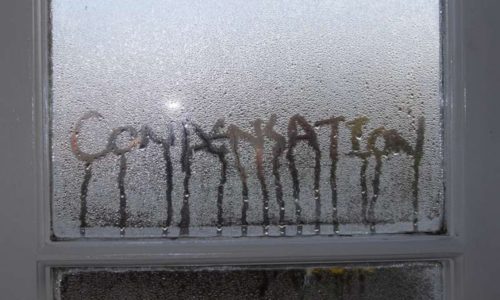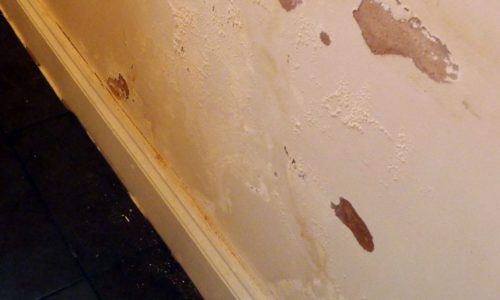How best to prevent and treat dampness
Never ignore damp – it can be very serious and damages the structure of your house. Lots of things can cause it, and you need to find out what these are before you try to cure it, or you may treat the wrong thing and make the situation worse.
Any remedies that involve opening up external cavity walls or fitting a new damp-proof course are best left to the professionals. And if your home is in an area that’s prone to flooding, there are a number of precautions you can take to protect it.
There are 3 kinds of damp these are penetrating damp, rising damp and condensation.
If you’re not sure which kind you have, check the symptoms of each.
The Tools required
Penetrating damp is caused by water being absorbed into the walls (rising damp, is confined to the lower part of ground-floor walls to a metre usually).
Damp patches appear when winds drive rain against the wall of your house, this may disappear when the weather improves and return when it rains again.
Penetrating damp is less likely to affect your home if it has cavity walls. If water does across the cavity, it’s usually because mortar has spread onto a wall tie providing a bridge for the damp.
The Symptoms and remedies
There are damp patches on the ceiling around your chimney breast
Your flashing between the joint and your chimney stack and roof may have cracked or become dislodged, this in turn is allowing water through onto the joints. You’ll need to refit the loose flashing, or if it’s damaged, replace it with the same type of flashing or a self-adhesive flashing strip.
A damp patch has formed at the top of an upstairs wall in your house
Blocked or broken gutters can send water gushing down your wall. Try to clear your gutters or you may have to repair the damaged ones.
A damp patch appears on your upstairs ceiling when there’s heavy rain
Either a broken or missing roof tile or slate is letting water come through your roof. You’ll need to replace the tile or slate as soon as possible.
The inside of an external wall shows signs of damp, wet weather makes it worse
Bricks can become porous over time and let water penetrate though the wall. Replace the bricks, or repoint the brickwork and treat the area with exterior silicone water-repellent fluid.
An isolated damp patch on an inner wall has appeared
Damaged brickwork or pointing in the joints will allow water through. You should replace the damaged bricks and fill the gaps in the mortar.
A damp patch appears on the inner wall of your cavity wall after heavy rain
If your brickwork isn’t causing the problem, mortar on a wall tie in the cavity could be bridging the gap and allowing water to cross to the inner wall. The only way to solve this is to remove some bricks, inspect the cavity and rake out or chip off any mortar on the wall ties.
Damp patches around your windows
Some mortar might have fallen out of the gap between your wall and window frame. Try sealing any gaps with a flexible frame sealant.
A damp patch along the underside of your window frame
Your exterior window sill should have a drip groove on the underside to stop rainwater running under it and into the wall. However, if this groove is filled with layers of paint, water can run onto the wall. If this is the case, clear the groove.

